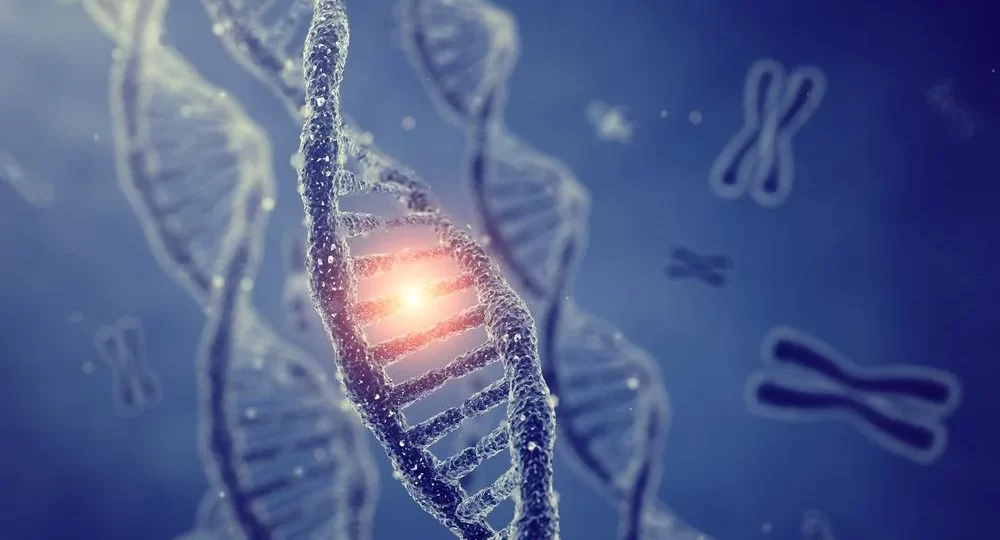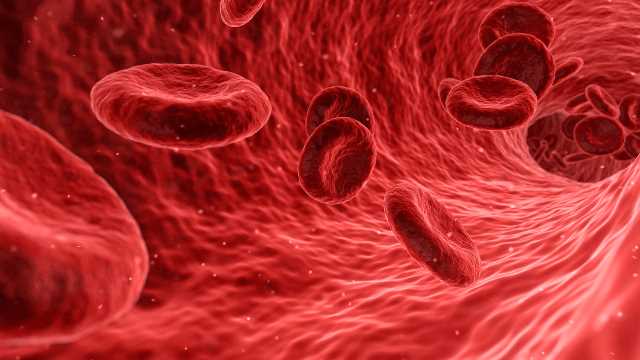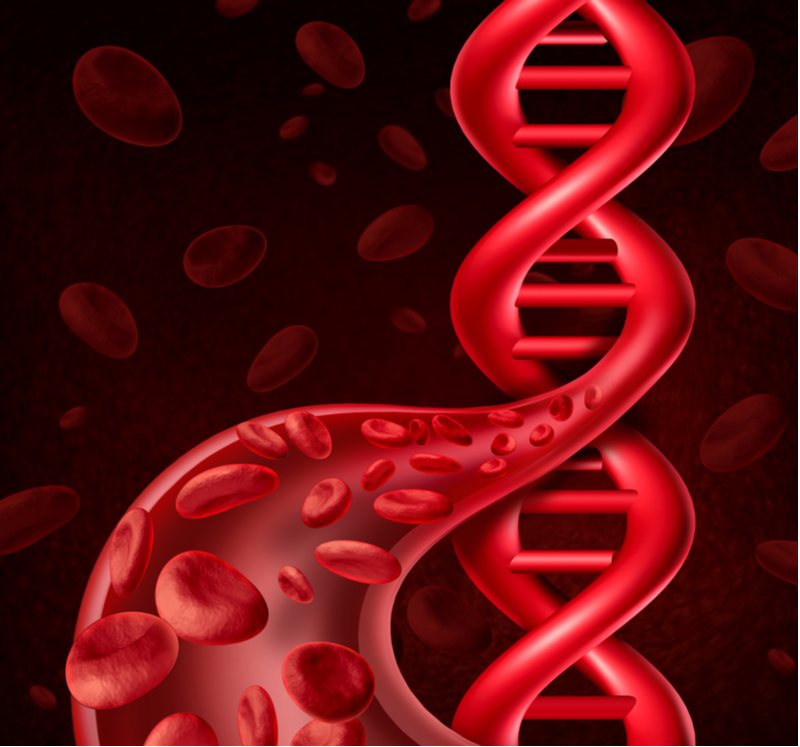Why Sickle Cell
What is sickle cell
Sickle cell disorder is an inherited blood
condition which arises as a result of the replacement of specific amino acids
in the protein ‘globin’ sequence of haemoglobin in the red blood cell.
Typically, a person living with sickle cell
disorder would have genotypes such as HbSS, HbSC, HbSE, HbSD, etc. However, the
most commonly found in sub-Saharan Africa are HbSS and HbSC.

What are Genotypes
Usually, a person will inherit one copy of a gene from each parent to form the "globin" chain that exists in "haemoglobin." Haemoglobin is the iron-protein complex present in the red blood cells. This combination of the two genes is referred to as the "haemoglobin genotype' or simply "genotype." Types of genotype include but are not limited to HbAA, HbAS, HbAC, HbSS, HbSC, and HbCC.
Sickle Cell Traits
A person is said to have the sickle cell trait in their haemoglobin genotype if they inherit a combination of a single copy of the normal gene and then a copy of the sickle cell gene. Such an individual is called a 'sickle cell carrier' and would typically have the genotype AS. The individual, however, does not exhibit any symptoms of sickle cell disorder. But they can pass the sickle cell gene to offspring. Sickle cell trait is not sickle cell disorder.


About Beta-thalassemia
Beta-thalassemia is an inherited blood disorder which arises as a result of the deletion of specific amino acids in the protein ‘globin’ sequence of haemoglobin in the red blood cell.
It leads to a low level of haemoglobin in the red blood cell. It may be presented as symptoms of shortness of breath, jaundice, and slow growth, among others.
Beta-thalassemia also plays a crucial role in the determination of the genotype of humans, especially those in the Mediterranean, India, North Africa, the Middle East, and so on. It is represented by the sign ‘β.’
Sickle Cell Complications
For persons living with sickle cell disorder, their health condition can be characterised by episodes of pain commonly called ‘crises’. These may range from regular to frequent to occasional.
Other complications include leg ulcers, acute chest syndrome, retinopathy, stroke, avascular necrosis, priapism, and organ damage, to name a few.

Management of Sickle Cell
The cure for sickle cell disorder might not be easily accessible, but it can be well managed.
The management involves various activities which include:
- Eating a balanced diet – Proper diet is essential to supply the much-needed nutrients for the body functions.
- Water intake – Drinking plenty of water is non-negotiable. Water aids the ease of flow of red blood cells across several blood vessels in the body.
- Taking routine drugs such as folic acid, multivitamins, paludrine, etc. to stay healthy
- Rest – Getting enough rest helps the body to recover from the wear and tear of daily activities.
- Avoid stressful events – Engage in work and other tasks according to your capacity and pace. Do not compare yourself with anybody, not even others living with the condition.
- Taking a lot of fruits – Fruits are available in their respective season. Snack on them rather than on junk food. They are helpful for your health.
- Participate in simple exercise – This is also dependent on your wellbeing and ability per time
- Do not stay in an environment that is too hot or too cold – Extremes of weather are triggers for pain crises. Avoid it.
- Do not self-medicate to avoid drug addiction – Drug addiction is real. It can also happen to people living with sickle cell disorder. Don’t get caught in the web.
- Visit your doctor regularly – Medical professionals are your friends. Their input, support, and counsel will go a long way in helping you lead a healthy and productive life.
Common Myths and Misconceptions About Sickle Cell Disorder
Myth: Sickle cell disorder is a black man’s disease.
Fact: Though it is common among Africans and people of African descent, it is not limited to them. It is also found in parts of Asia, Arab Countries and some Mediterranean countries.
Myth: Sickle cell disorder is contagious
Fact: It is never infectious. It is an inherited blood condition meaning it is transferred from parents to offspring. It is an inherited genetic blood disorder/ disease.
Myth: Individuals living with sickle cell disorder feign the pains; it is not that serious.
Fact: Appreciating the pain experienced by sickle cell warriors (a name preferred) can be very hard. The excruciating pains felt might become unexplainable even for themselves.
Misconception: Individuals living with sickle cell disorder are lazy.
Fact: Individuals living with sickle cell disorder can engage in productive activities. They can hold jobs, start businesses, can play and do sports. Like every other person, they should not engage in activities that will affect their health.
Myth: Sickle cell disorder has no cure
Fact: There is a cure for sickle cell disorder. It is called a bone marrow transplant or stem cell transplant. However, not all persons living with sickle cell disorder are eligible for the surgery.
Myth: Sickle cell patients don’t reach 21.
Fact: Individuals living with sickle cell disorder live above the age of 21, 30, 40, 50, 60, 70 and above. They can live life long, full and fulfilled. With adequate healthcare and management.
Myth: Individuals living with sickle cell disorder are immune to malaria.
Fact: Individuals living with sickle cell disorder are not immune to malaria. They are prone to it. People with sickle cell must prevent it at all cost as it is a killer for the young and adults alike.
Misconception: Individuals can outgrow sickle cell disorder
Fact: Individuals cannot outgrow sickle cell disorder. Not at 21, 25, 30, whatever years of age. Not even after getting married or giving birth. It is a lifelong condition.

